Easy to take care of plants
AmyHeem
18 years ago
Related Stories
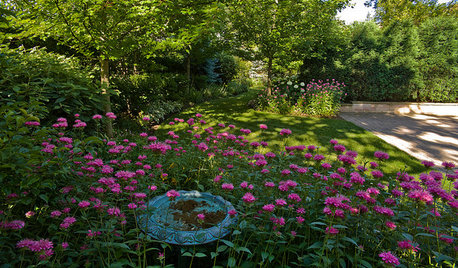
LANDSCAPE DESIGNExuberant Self-Seeders for Gorgeous, Easy-Care Gardens
Keep weeds down, color high and maintenance low with beautful plants that sow themselves
Full Story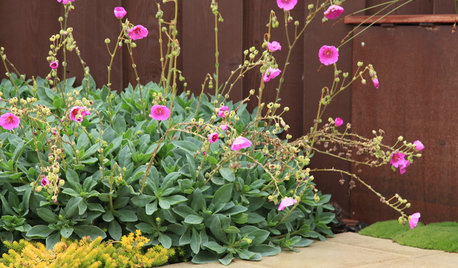
GROUND COVERS10 Succulents That Make Pretty, Easy-Care Ground Covers
These low-growing succulents create interest in the drought-tolerant garden
Full Story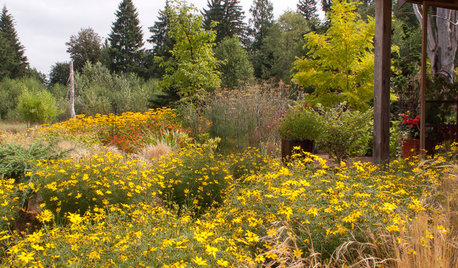
FLOWERSGreat Design Plant: Zagreb Tickseed Takes Care of Itself (Almost)
Get colorful drama along with deer resistance, drought tolerance and low maintenance — plus a butterfly or two
Full Story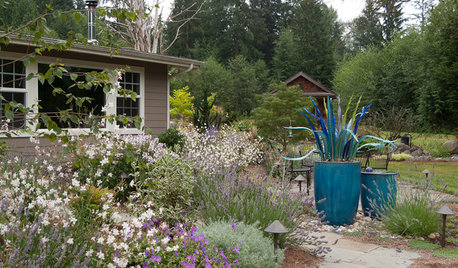
GARDENING GUIDES5 Easy Plants for a Romantic Entry Garden
Abundant flowers, a heady fragrance and striking foliage combine for a romantic front-yard garden that's deceptively low maintenance
Full Story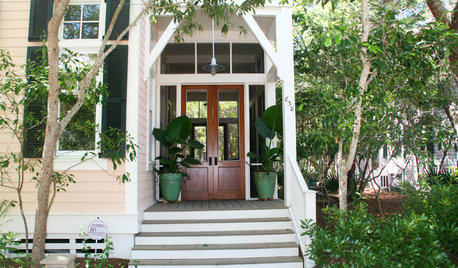
CONTAINER GARDENSWant an Easy Tropical Oasis? Think Container Plants
Tropical plants have taken one coastal community by storm. Come on a walk with us to get ideas for your own porch, patio or garden
Full Story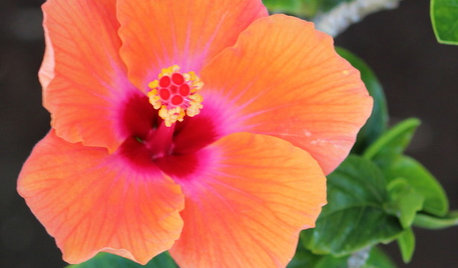
GARDENING GUIDES8 Take-Home Planting Ideas From Hawaii's Big Island
Bring the tropical spirit of Hawaii to a mainland garden — for a summer or even longer
Full Story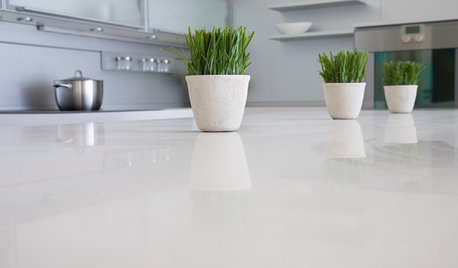
KITCHEN DESIGNKitchen Counters: Stunning, Easy-Care Engineered Quartz
There's a lot to like about this durable blend of quartz and resin for kitchen countertops, and the downsides are minimal
Full Story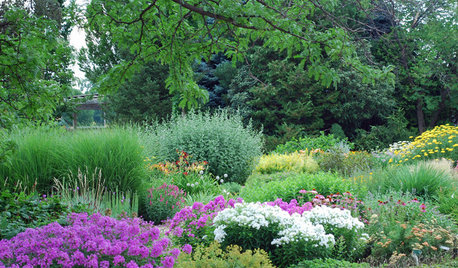
LANDSCAPE DESIGNTake Your Garden on a Rural Route With Plant-Dominant Designs
Let plants take center stage for a garden that recalls idyllic pastures fashioned by nature's hand
Full Story
HOW TO PHOTOGRAPH YOUR HOUSETake Great Home Photos the Easy Way — 5 Tips From a Pro
Improve your for-sale ad or just make beautiful memories with these simple strategies anyone can use
Full Story





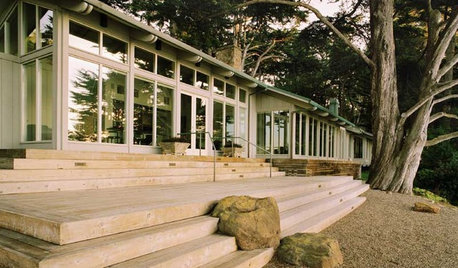
gardengal48 (PNW Z8/9)
AmyHeemOriginal Author
Related Professionals
Jennings Landscape Architects & Landscape Designers · La Marque Landscape Architects & Landscape Designers · San Juan Landscape Architects & Landscape Designers · Bound Brook Landscape Contractors · Brunswick Landscape Contractors · Lynn Landscape Contractors · Newnan Landscape Contractors · St. Louis Landscape Contractors · Waterford Landscape Contractors · West Haverstraw Landscape Contractors · Aurora Window Contractors · Baileys Crossroads Window Contractors · Naples Window Contractors · Piedmont Window Contractors · Lindenhurst Window ContractorsIna Plassa_travis
lindac
AmyHeemOriginal Author
creatrix
lindac
AmyHeemOriginal Author
chuckr30
suel41452
nadine68
meldy_nva